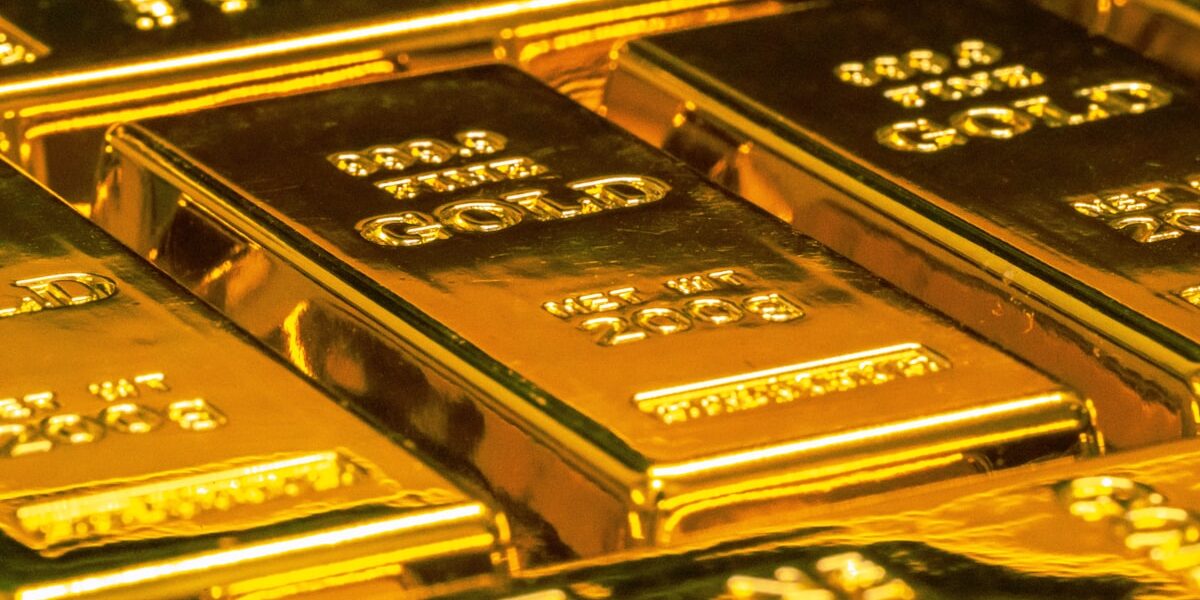The Last Year of Silver Quarters
The significance of silver quarters in American history can’t be overstated. These coins, once a staple in everyday transactions, hold a special place not just in the hearts of collectors, but in the broader economic narrative of the United States. Understanding when these coins ceased to be minted in silver offers a lens into mid-20th century changes in monetary policy and the economy. The decision to stop producing quarters with silver helps to illustrate broader shifts in materials economics and currency standards.
A Brief History of the Silver Quarter

The U.S. Mint first made quarters in 1796. At first, these coins were made entirely from silver. This metal choice was due to its value. Silver was abundant enough for coin-making, yet valuable enough to back the currency value. Various designs were used over the years, but the metal content remained consistent until the mid-1960s. A distinctive turning point came in the mid-20th century, driven by significant national and global changes.
Why Silver Was Used
Silver’s use in coins wasn’t arbitrary. Its intrinsic value provided stability to the currency. It gave people confidence in the money they used. Such trust was essential in building a robust financial system. When coins were silver, their metal content roughly equaled their monetary value. This intrinsic tie between the material and monetary value was thought to protect against inflation and currency devaluation.
The Shift in 1965
In 1965, a major change occurred. The United States stopped using silver in its quarters for general circulation. This was a landmark departure from established practice, influenced by several factors. The rising cost of silver was a primary issue. Increasing demand for the metal in industries like photography and electronics drove up prices, making it impractical to use in currency. Additionally, there was a global silver shortage. These pressures prompted a reevaluation of material usage in coinage.
The Coinage Act of 1965
The resolution came with the Coinage Act of 1965. This law changed the composition of the quarter. The new formula replaced silver with a copper-nickel clad. The outer layers of the new coins consist of 75% copper and 25% nickel, bonded to a pure copper core. This change drastically reduced the cost of minting coins. It also signified the government’s shift toward a token rather than a commodity currency.
Impact on the Economy
The changes in the quarter’s composition had wide-reaching effects. While it curbed the cost of minting and ensured more effective use of resources, it also marked the transition from silver-backed currency. This shift reflected broader changes in monetary strategy, aligning the U.S. economy with global trends. Relying less on precious metals helped stabilize national currency valuation amid growing international economic integration.
How Collectors View Silver Quarters
Today, silver quarters from before 1965 are considered collectible. Their silver content adds to their desirability among numismatists and investors alike. Specialty marketplaces and auctions often showcase these coins. They are prized for both their historical value and their metal content. Collectors often seek them in various conditions, from mint state to circulated, depending on historical markings and possible errors from the mint process.
Key Dates for Collectors
- 1932: The debut of the Washington quarter, which commemorates George Washington’s 200th birthday.
- 1948-1964: High-production years that saw millions of quarters circulate in the U.S.
- 1964: The final year quarters containing 90% silver were minted for general circulation.
The Last Year of Minting Silver Quarters
The last silver quarters for general use were struck in 1964. This year marked the end of an era and the culmination of economic policies that gradually moved away from silver. Despite the changes, the ceremonial and collector coins minted after still used varying amounts of silver, underlining silver’s enduring legacy in U.S. numismatics. Observing the 1964 quarters offers insights into the convergence of practical economics and national tradition. The decisions that led to this change reflect strategic thinking to blend past and future fiscal needs.
Modern Production of Silver Quarters
In recent years, the Mint has produced silver quarters as part of commemorative coin sets. These specially minted silver quarters connect contemporary collectors with historic practices. While not intended for circulation, their production follows tradition by reviving old designs. Each coin in these series speaks to the historical moments or celebrated figures depicted, offering a tangible link to history.
Conclusion Embedded in Context
The cessation of silver quarters in 1964 shifted the materials paradigm in U.S. minting. It mirrors a broader move away from commodities in currency toward more modern, resource-efficient practices. While the intrinsic economic need for this shift is clear, it fueled an entire industry of collectors who find value both in the historical significance and the metal itself. This transformation underscores a pivotal phase of adaption in monetary history amidst changing global economic conditions.
Recommended Collecting Supplies
Coin Collection Book Holder Album – $9.99
312 pockets for coins of all sizes.
20x Magnifier Jewelry Loupe – $13.99
Essential tool for examining coins and stamps.
As an Amazon Associate, we earn from qualifying purchases.




Subscribe for Updates
Get the latest articles delivered to your inbox.
We respect your privacy. Unsubscribe anytime.